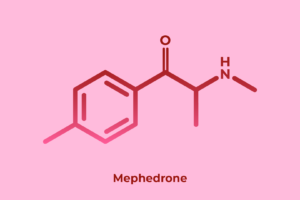From Serious Science to Unexpected Chuckles ─ A Hilarious Twist on the Pharmacology of Mephedrone

Mephedrone, also known as “M-Cat” or “Meow Meow,” is a synthetic stimulant drug that has gained popularity in recent years. As a writer with a background in pharmacology, I have always been fascinated by the intricate mechanisms of drugs and their effects on the human body. In this article, we will journey into the world of mephedrone and explore the pharmacology of mephedrone, its effects, and its side effects. But hold on tight, because we’re about to take some unexpected twists and turns that will have you chuckling in no time! Understanding the Science Behind Mephedrone To truly appreciate the hilarious twists in the pharmacology of mephedrone, we need to understand the science behind it. Mephedrone belongs to the class of drugs known as synthetic cathinones, which are chemically similar to amphetamines. It acts as a potent agonist of serotonin, dopamine, and norepinephrine receptors in the brain, resulting in increased energy, euphoria, and heightened sensory perception. The pharmacokinetics of mephedrone are fascinating. When ingested, it is rapidly absorbed and reaches peak plasma concentrations within 30-45 minutes. The drug has a relatively short half-life of around 2-3 hours, leading to a quick onset and offset of its effects. However, the effects of […]
» Read more